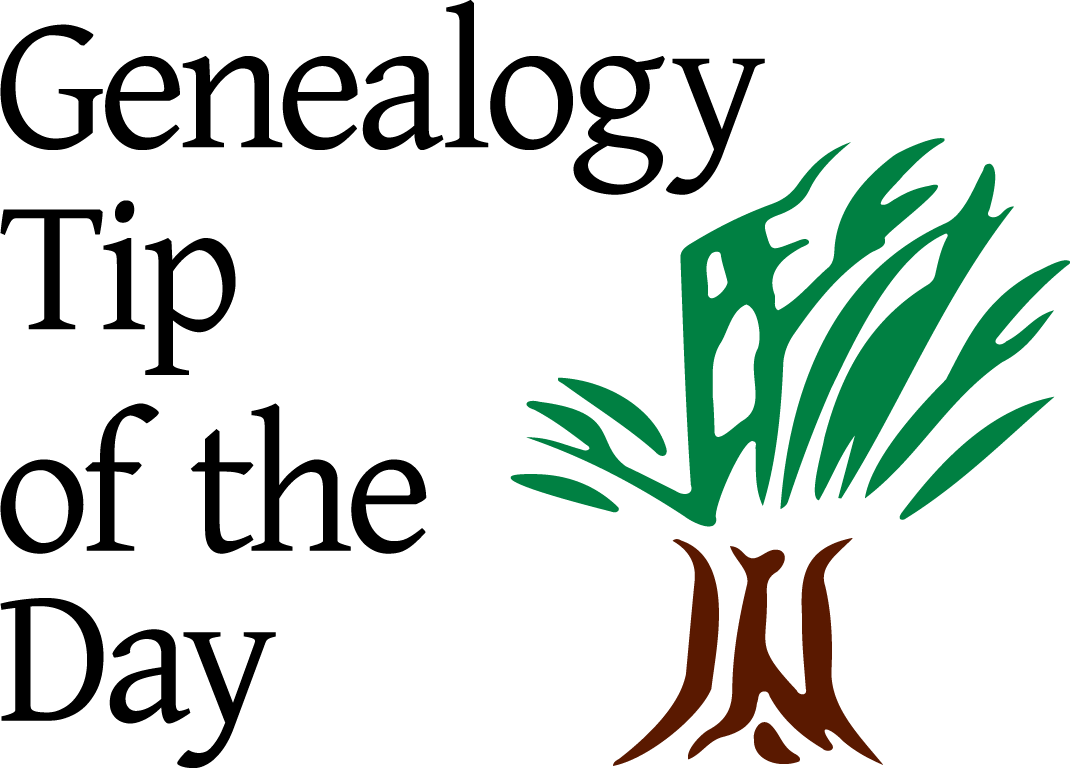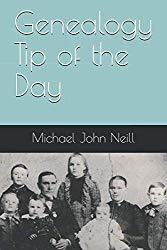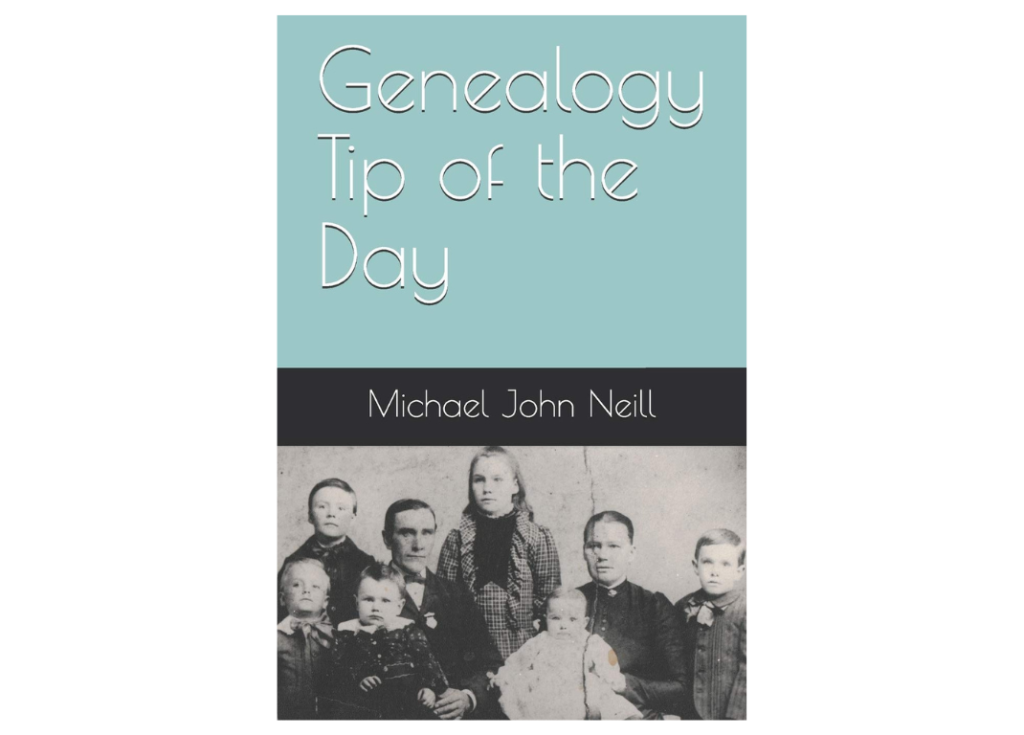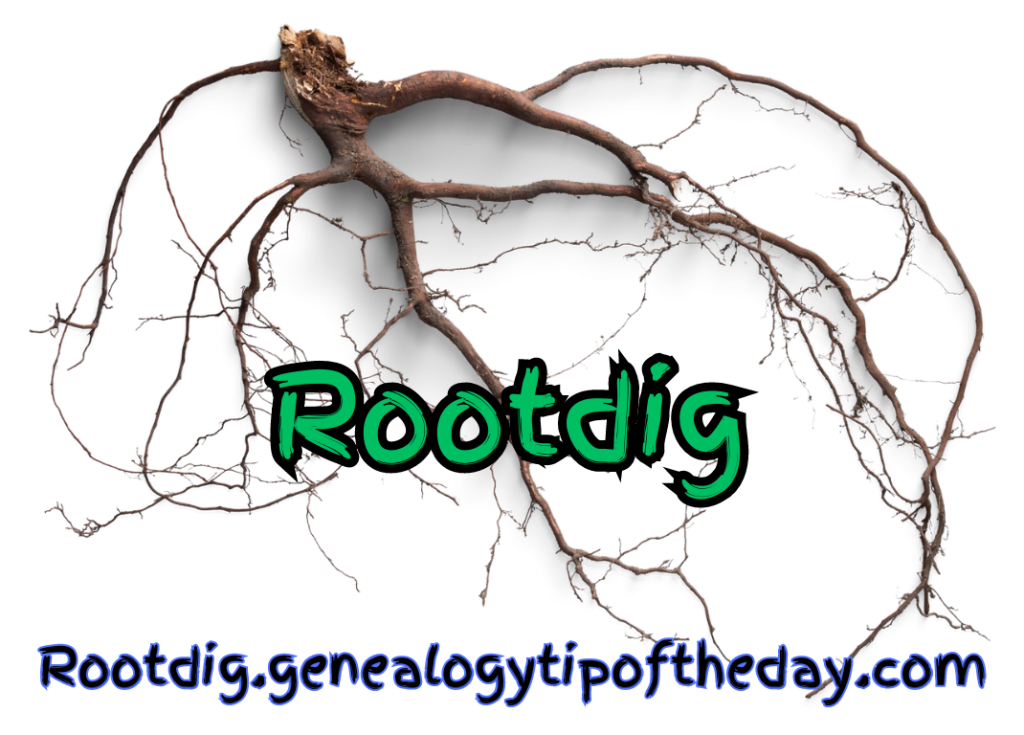Some records, particularly United States census records in the earlier part of the 19th century, have more than one set of page numbers. When creating citations, clearly indicate which set of page numbers you are using, for example:
- stamped page number upper right
- printed page number lower left
Because the page numbers can confuse some researchers, it is always advised to include additional citation information to assist in locating the record. For US census records, this would be the geographic information (state, county, township/village/enumeration district, etc.) and the household/dwelling number. The geographic information is necessary information anyway (since it tells you where the person was living), but it could also help someone else to locate the record again if the page number is “off” or confusing.
Some church records, particularly those kept in ledgers that were originally blank, have no page numbers. In these instances, other details are necessary to create the citation:
- name of village/church
- type of entry (baptism, marriage, funeral, etc.) as some records are sorted by the type of act
- year of entry as some entries are sorted by year
- anything else that helped you “get to it”
Digital image numbers and the like are helpful–to a point. They work as long as the other person has the same database access and the website hasn’t “reorganized” their materials. Some microfilm has image numbers as well. Always indicate where the number appears to come from–don’t just randomly include it. Random numbers without context are not helpful.
You can learn more about citation in:
- Evidence Explained: Citing History Sources from Artifacts to Cyberspace, Third Edition by Elizabeth Shown Mills
Genealogy Tip of the Day book is here. Learn more about it.







2 Responses
In the first sentence, I think you meant “earlier part of the 19th century.”
Yes I did. Thanks for catching that. I have made the correction.